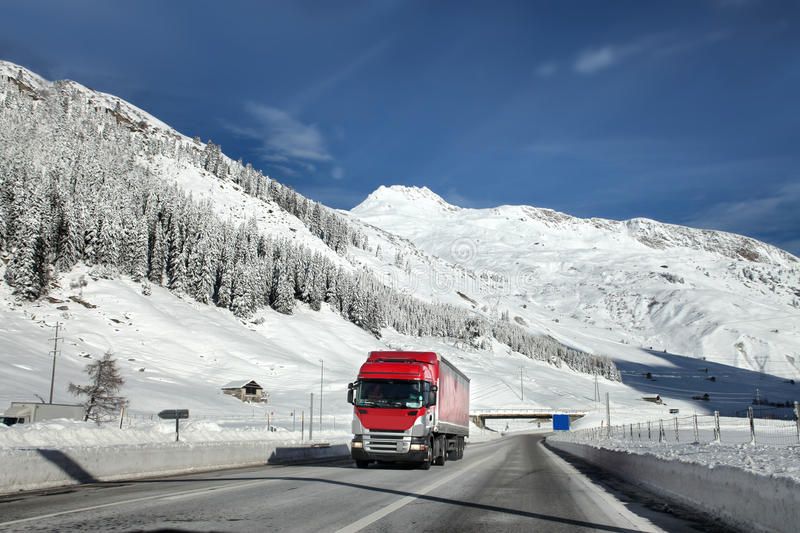The onset of winter brings further difficulties and responsibilities for fleet managers when it comes to the harsh weather.
Snow, ice, high winds and low light levels make for dangerous journeys which are all the more problematic for heavy high-sided vehicles, meaning good visibility is even more essential.
Commercial vehicle safety systems provide a wide range of benefits to companies and organizations that rely on commercial vehicles to transport goods and people. Here are some of the key values of commercial vehicle safety systems:
Increased Safety: The primary value of commercial vehicle safety systems is that they help to increase safety for drivers, passengers, and pedestrians. These systems can detect potential hazards and provide drivers with warnings to help them avoid accidents.
Reduced Liability: By investing in commercial vehicle safety systems, companies can reduce their liability exposure by minimizing the risk of accidents and injuries. This can help protect the company's reputation and reduce insurance costs.
Improved Driver Performance: Commercial vehicle safety systems can also help to improve driver performance by providing real-time feedback on driving behavior. This can help drivers to understand where they need to improve and can help companies to identify training needs.
Reduced Costs: By reducing the risk of accidents and injuries, commercial vehicle safety systems can help to reduce costs associated with repairs, insurance, and downtime. This can help companies to improve their bottom line and increase profitability.
Compliance with Regulations: Many commercial vehicle safety systems are designed to meet regulatory requirements, such as those related to safety and emissions. By investing in these systems, companies can ensure that they are in compliance with all applicable regulations.
In conclusion, the value of commercial vehicle safety systems is significant. These systems can help to increase safety, reduce liability, improve driver performance, reduce costs, and ensure compliance with regulations. Companies that invest in these systems can enjoy improved safety and profitability, while also protecting their reputation and brand image.
We’ve put together a few safety tips for winter driving:
1. Allow your drivers more time to make their deliveries
2. Ensure the entire vehicle is cleared of ice and snow before setting off, particularly windscreen and mirrors
3. Check that every cab has a shovel, and some strong sacking in case the driver needs something to put under the wheels if the vehicle becomes stuck in a snowdrift
4. Tell drivers to add some warm clothes, a flask of tea, a torch and a phone charger to the cab before leaving
5. Allow much more space than usual between your truck and other vehicles – the Freight Transport Association recommends ten times the normal stopping distance
6. Braking must be careful and steady, and much more time should be allowed, particularly for articulated vehicles
7. If stuck in snow, engage the diff-lock to help gain traction. If there isn’t one, use the highest gear possible.
Our mission is to prevent collisions and save lives with our commercial vehicle safety systems.
Our products go through extensive testing to ensure they can take anything the weather throws at them. Because we export globally, vehicles using our products can be working in punishing conditions, so we need to know they will stand up to the challenge. Some products are tested to withstand operating temperatures as low as -20°C.



Post time: Feb-18-2023